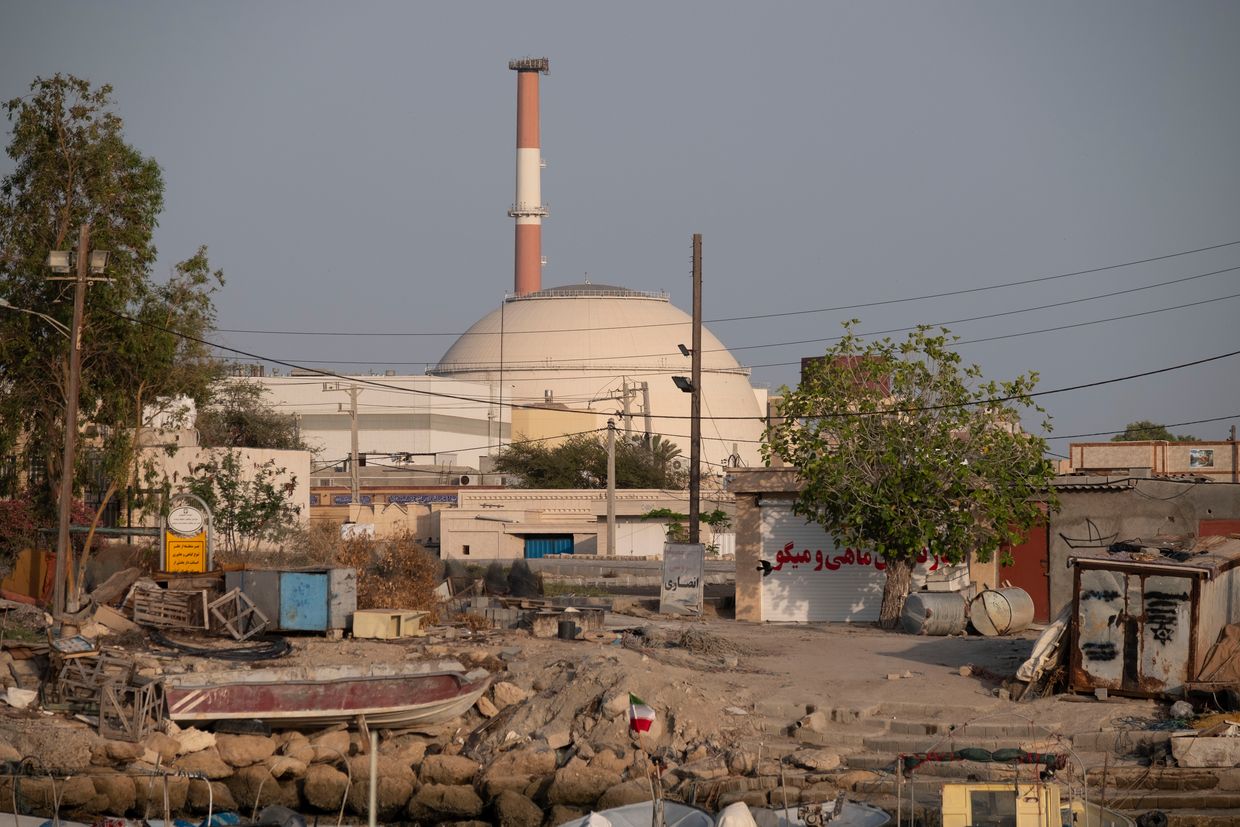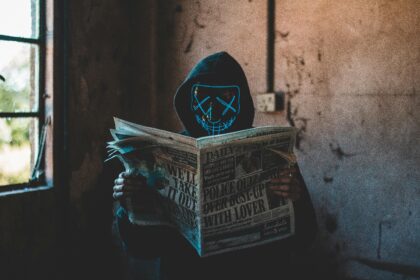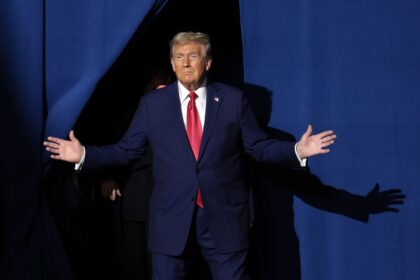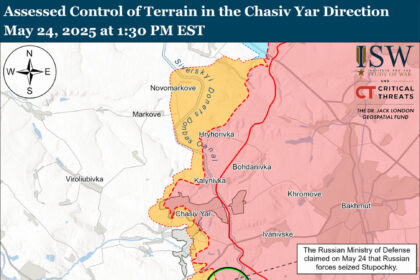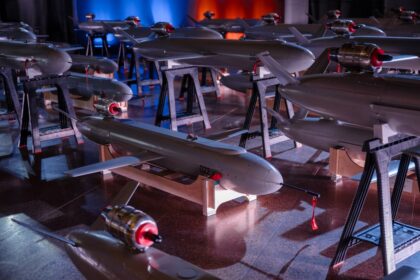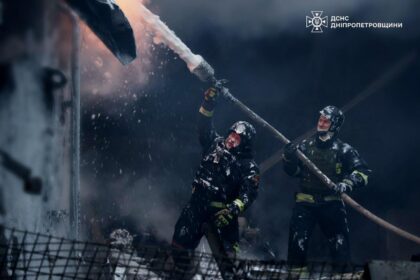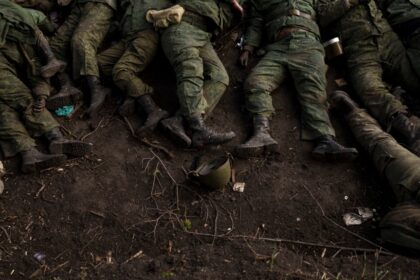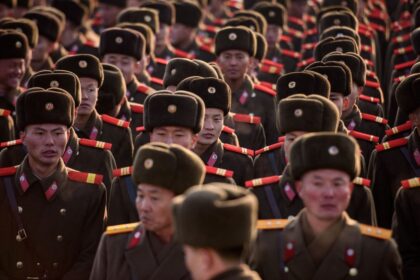**Russia’s Nuclear Ties with Iran Deepen as Israel Strikes Iranian Facilities**
Israel’s recent bombing campaign against Iranian nuclear facilities has sent shockwaves across the Middle East, and none more so than Russia. The country that first brought nuclear power to Iran in defiance of Western objections is now finding itself at odds with a major global player.
“We’re millimeters from catastrophe,” Kremlin spokeswoman Maria Zakharova said on June 18 in response to the Israeli strikes. Decades of conflict with the West have united Iran and Russia, despite their cultural differences being as vast as the Caspian Sea that divides them.
Russia has been backing Iran-aligned regimes and militia groups throughout the Middle East for years. Most notable is Bashar al-Assad’s regime in Syria, where Russia began actively fighting against rebels back in 2015. Assad fell in December, but experts say the domino effects of those changes are still being felt.
“Of course, they’ve had such extensive nuclear cooperation because it was Russia that built the Bushehr nuclear reactor in the first place,” said Anna Borshchevskaya, a senior fellow at the Washington Institute focusing on Russia’s policy toward the Middle East. “Russia wants to show cooperation with Iran.”
**A Rare Concrete Tie**
Nuclear energy is one of the few concrete ties joining Russia and Iran. Besides arms trade and shared interests in dodging sanctions on fossil fuels, nuclear power has become a significant area of collaboration between the two nations.
Bushehr, the only functioning nuclear power plant in Iran, was built by Russia in 2007. The facility provides power since 2010, and experts say it’s the primary site of Russia’s nuclear engagement with Iran. Russia was also supposed to convert the Fordow plant from an enrichment facility to a “stable isotope separation plant” under the Joint Comprehensive Plan of Action (JCPOA). However, it seems this promise has not been kept.
**Russia’s Nuclear Soft Power and Hard Economics**
Experts interviewed by The Kyiv Independent maintained that Russia was a fair broker of the JCPOA in Iran. But it illustrates the resilience of Russia’s nuclear soft power and hard economics. Kazakhstan is the largest source of uranium worldwide, while Russia remains the largest seller of enriched uranium.
The equipment and fuel used in nuclear power plants are far less replaceable than oil and gas, providing an economic umbilical cord to Russia. Experts say this secondary stuff – nuclear generation and arms trade – is what keeps the relationship strong between Russia and Iran.
One infamous example is Iran’s Shahed drones, which Russia began importing and firing at Ukraine near the end of 2022. Russia has since made more and more of its own copy, the Geran.
**A Symbolic Gesture**
Experts were doubtful that Russia would build new nuclear plants in Iran even before Israel’s strikes began. However, on June 13, news broke that Iran’s nuclear agency had inked a contract with Rosatom for eight more reactors, including four at Bashehr. This was seen as a symbolic gesture of support by experts.
“They want to show cooperation with Russia,” said defense industry reporter Kollen Post from The Kyiv Independent. “The nuclear power sector is something that’s important to the Russian government.”
As tensions between Israel and Iran continue to escalate, it remains to be seen how this deepening nuclear relationship will impact the regional dynamics of the Middle East.




